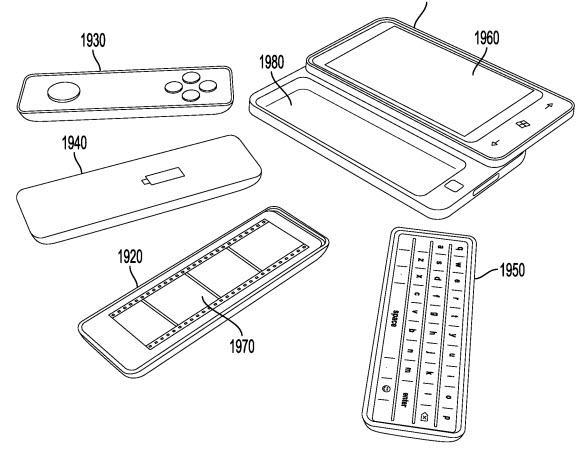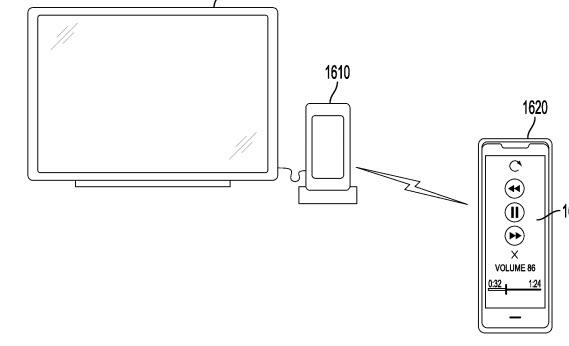
Gone are the days of cell phones being used primarily for making calls. No, cell phones now come in many shapes and wear many faces nowadays. They are used for sending text messages, keeping up with your many social media sites, browsing the Internet, taking high-quality pictures, playing games and hundreds of other things we never imagined possible from virtually anywhere at anytime.
The problem is that no one peripheral can do all of these jobs efficiently. A 4-inch touchscreen is great at quickly sifting through a picture gallery or hundreds of emails, but painstakingly terrible for tapping out a 500-word email in a pinch. A dedicated physical keyboard easily solves that problem, but adds extra bulk – bulk that isn't always necessary. If you're anything like me, you hate using a horizontal QWERTY unless absolutely necessary, thus you feel it's wasting space. And touchscreen gaming is only so enjoyable. In the case of the Sony Ericsson XPERIA Play, the slide-out gaming controller does a decent job of making gaming a little more feasible, but is only helpful to the hardcore gamer. Not everyone wants to lug around a gaming controller everywhere they go.
Over the years, several phone and case manufacturers have tried to solve this to no avail. You may recall the LG Versa, which shipped with a removable physical QWERTY keyboard. There was also a secondary attachment available in the form of a simple gaming controller. The Versa was, however, a feature phone and gaming options were sparse. Needless to say, it was a novel attempt, but it was well ahead of its time and wasted on the wrong phone.
In a filing with the USPTO as reported by Unwired View, it appears as if Microsoft may have finally figured out a trick that might just work. Essentially, in the typical horizontal slider form factor we all know too well, a QWERTY keyboard can be swapped for a cartridge-like gaming controller, battery pack, wireless television remote or a slew of other possibilities. A drawing of this, from the USPTO filing, is pictured above.

The ability to swap out accessories based on current needs gives the user extreme flexibility. If you're going to have an extra long flight layover, you might consider taking a gaming controller or the extended battery pack. But while lounging around at home, you probably won't need an extended battery pack or controller. Place your phone in the dock attached to your television and swap said cartridges out for a wireless remote (as seen above) to watch Netflix or Hulu (this is where mobile streaming could seriously become useful).
If Microsoft can market this effectively and to the right audience, this could play a major role in fighting off some of the competition to become the third smartphone ecosystem alongside Android and iOS.
That said, I have two major concerns. Phones hit the market and others slip into oblivion faster than ever before. If this concept is only used on a select few phones and the accessories are not interchangeable between them – let's say a pair of Samsung- and Nokia-made Windows Phones – the whole idea will fade as fast as last month's Android phones. Microsoft needs to get all partner manufacturers on the same page and make said accessories Windows Phone universal. And since they're wireless, too, support for Windows 8 tablets and PCs wouldn't be a bad idea either.
Also, the attachments would have to be relatively small, but I'm not convinced that people will want to lug around the cartridges – except for individuals who still wear fanny packs. Loading your pockets down with attachments for your phone is not exactly ideal or ... appealing. Maybe they could cut down on this by pairing two accessories into one. For instance, a QWERTY keyboard on one side and gaming controller on the other side.
Despite my concerns, I think this is an awesome concept – one that the smartphone and Microsoft desperately need. It could be a differentiating factor for Windows Phones. They've only managed to muster one percent of the US smartphone market share, and they seriously need something to entice buyers to join their camp. I know I would if they could make this patent actually work (obviously only if they take heed to my concerns).
What say you, folks? Do you like the idea of transforming your phone by using interchangeable cartridges? Would it be too much hassle to carry several attachments with you every day? Or would the added functionality be worth it? What type of accessories (not shown here) would you like to see?
Images via USPTO